Is Fujifilm Cameras Good For Filmmaking
Recently, blissfully, I've been able to go back to shooting. Slowly but surely the gigs are coming dorsum, although I volition say I've been tackling them solo more often than not. Partly for prophylactic concerns and partly because these aforementioned gigs are pretty unproblematic interview setups followed by b-gyre primarily. Apparently on these shoots I've been using my C500mkII as the A-Cam, just equally these take been interviews I needed a B-Cam. My first thought was to rent a C70 or even a C300mkIII, but and so it occurred to me that I might not need to rent anything at all.
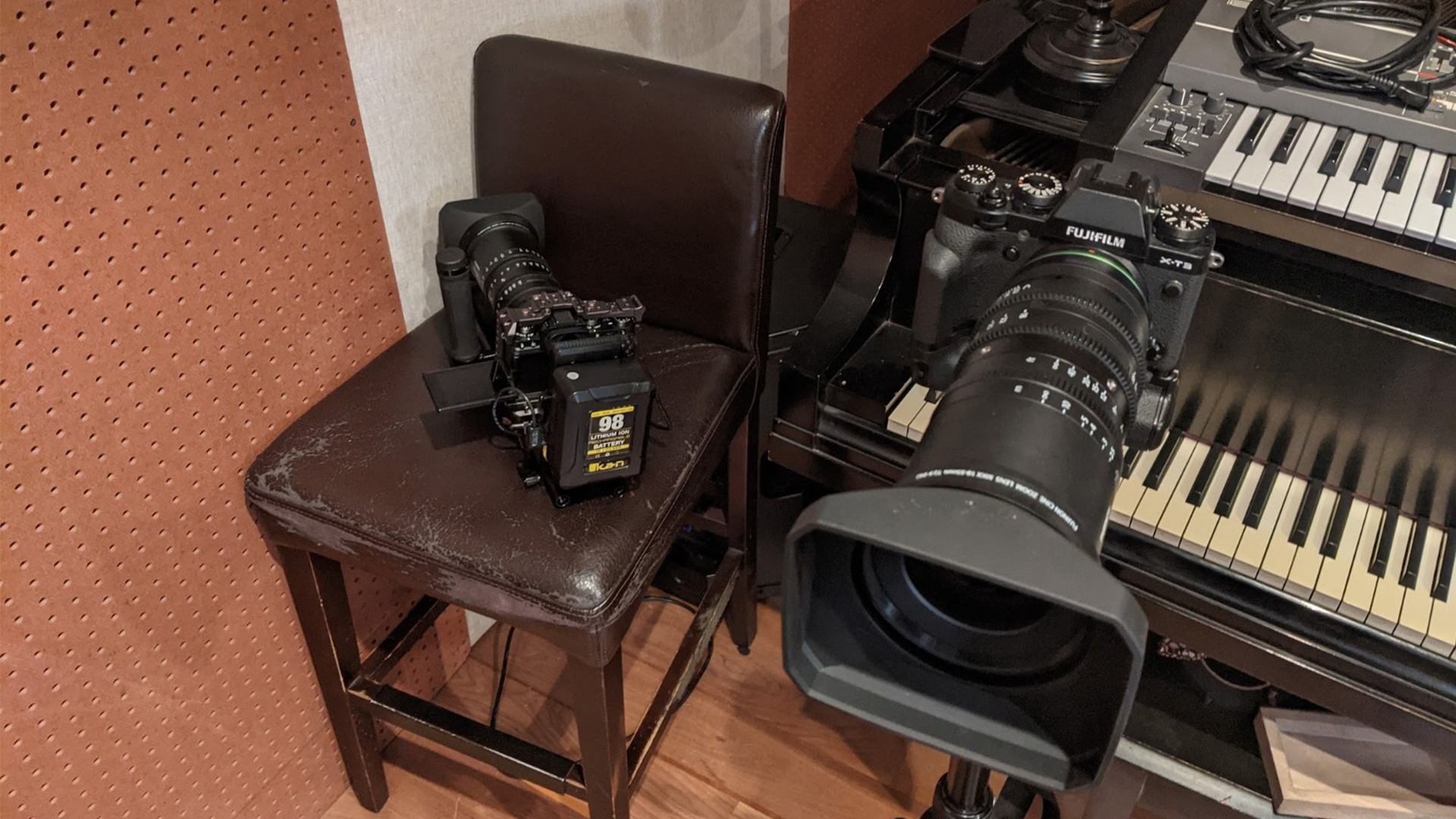
I've not been shy about my dearest for the Fujifilm cameras. I carry around my X-T3/27mm Pancake philharmonic nearly everywhere I get and it never fails to depict a response, usually from people bold I'grand shooting film. They'd be forgiven for thinking that, equally the body of the 10-T cameras is designed to evoke a vintage aesthetic with knobs on meridian of the torso for most of your settings that resemble the classic shutter speed knob of older film cameras such every bit my Nikon F2. I love this, as do many Fujifilm shooters, because information technology really only "feels" right. I like being able to come across everything right at my fingertips and I like non looking at screens when I don't accept to. When Fujifilm allow me review their Xpro3 I was similarly enamored with the more "rangefinder" sensibilities married with modern technology.
Some other thing that "we" Fujifilm photographers dear are the film simulations. Fujifilm cameras accept the unique offering of multiple customizable film simulations, essentially allowing you to colour correct your image before the camera ever saves a frame. It's not super granular, only it allows you to capture images in a way that is more original to you and doesn't expect too "digital". Canon, Sony, and Nikon are said to accept certain "looks", whereas Fujifilm has dozens (or hundreds if you want to count simple things similar saturation/curve/DR/white balance adjustments).
Speaking of image and white residual, one feature I absolutely dear about the Fujifilm cameras is the white balance adjustment matrix. Instead of just picking a colour temperature, you're as well given a Hue grid for which to nudge the overall color of the image if y'all'd like, which tin can result in some really fantastic and unique looks straight out of camera. I genuinely only shoot raw if I'yard doing a higher-end paid gig (and I exercise use my X-T3 on those kinds of gigs, without hesitation), opting instead to shoot jpegs for the majority of my photography since I tin can get the image to look almost exactly how I desire straight out of photographic camera. Sometimes I'll practice a super small-scale tweak after the fact, but normally it's a simple curve/tone aligning if anything.
I could go on for a while about the things I love about the Fujifilm organisation for photography, but that's not what this article is nigh. While assessing my B-Cam Conundrum, I realized I had 1 right in that location on the shelf; my X-T3. I retrieve people maxim the Ten-T3 and now the X-T4 were keen for video, but were they that swell? I've never actually shot with a DSLR or Mirrorless camera in a video capacity (which sounds weird in this twenty-four hour period and age but the 5DmkII came out my Sophomore year of college and then we were well into our camcorder workflows and I merely never switched). Could I feasibly use it to intercut with my C500mkII without having to adjust the hell out of it in post? Would it hold up to merely filming during a full day?
Well, according to my interview with Dan Stoloff, DP of Amazon's The Boys, the reply is yes! Dan had mentioned in our talk that he sometimes used his X-T3 as a C-Cam to the Sony VENICE he was using for that prove when he needed to put a camera somewhere the VENICE simply wouldn't fit, so with that confidence I went ahead and (after running some quick tests) ready out to film some stuff with my Fujifilm in hand (the embedded video below starts at where he mentions his use of the Ten-T3, simply it's 1hr 29s in if you need the time stamp).
Well, about. I most did that until Fujifilm via Filmtools offered to let me borrow their X-T4 "Cinema" kit. So what actually happened is I went out to moving picture with both Fujifilm cameras, every bit well equally their 18-55mm and 50-135mm Fujinon Zooms, on top of my C500mkII. A three camera setup for the toll of none! I count my blessings every day, I'll tell ya what.
First shoot was with my friend Stevie Redstone, shooting a few small in-studio music videos. These were incredibly low-budget, and then we kept things elementary with a Wide, a Tight, and a Handheld camera. Stevie was also recording the takes we were filming live, and then equally at that place was no way to practise a re-take the three camera setup actually was pretty crucial. The two cameras were fine simply the third bending actually immune us to spice up the videos in a fashion that elevated it beyond what was ostensibly an interview setup.
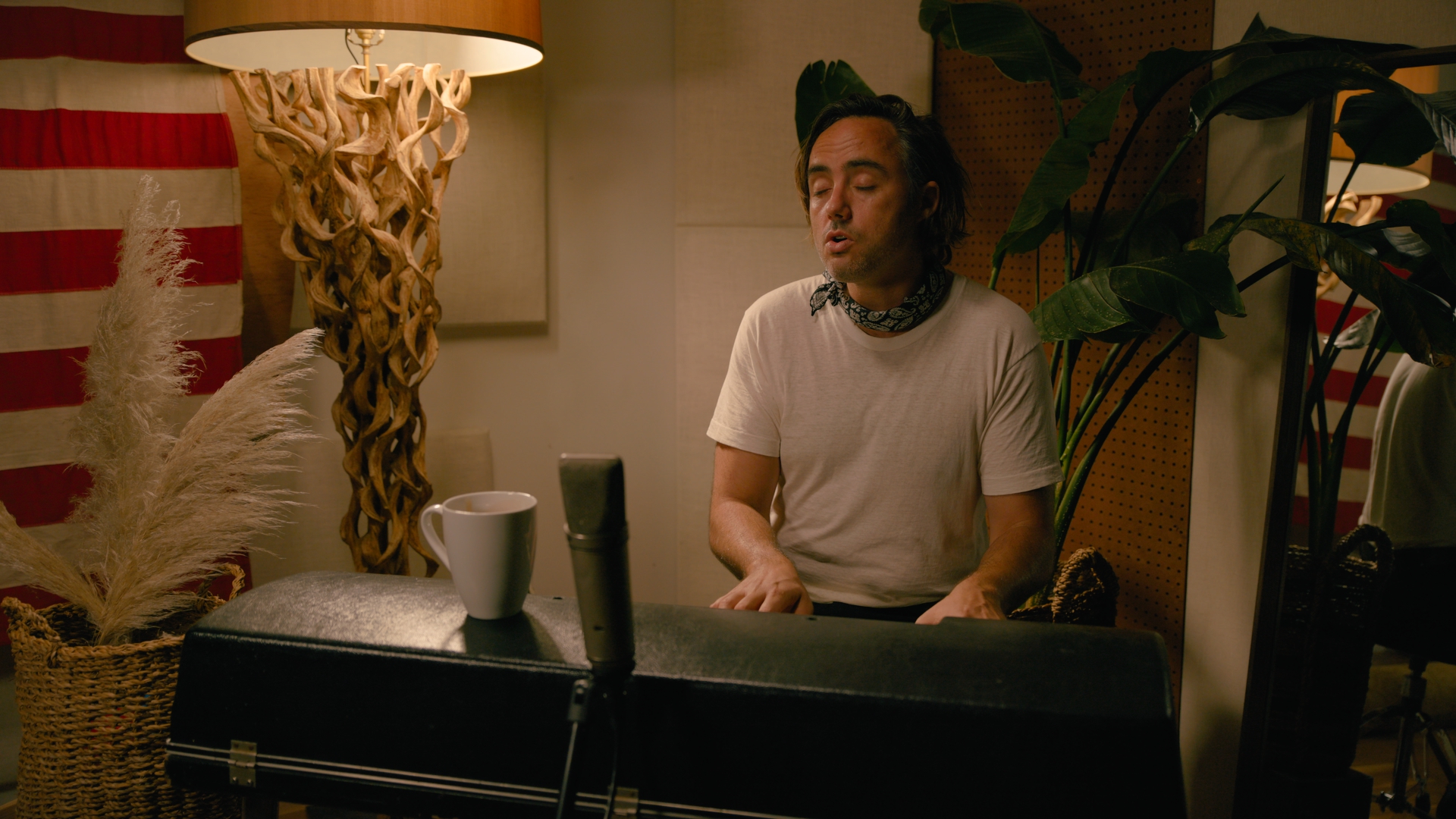
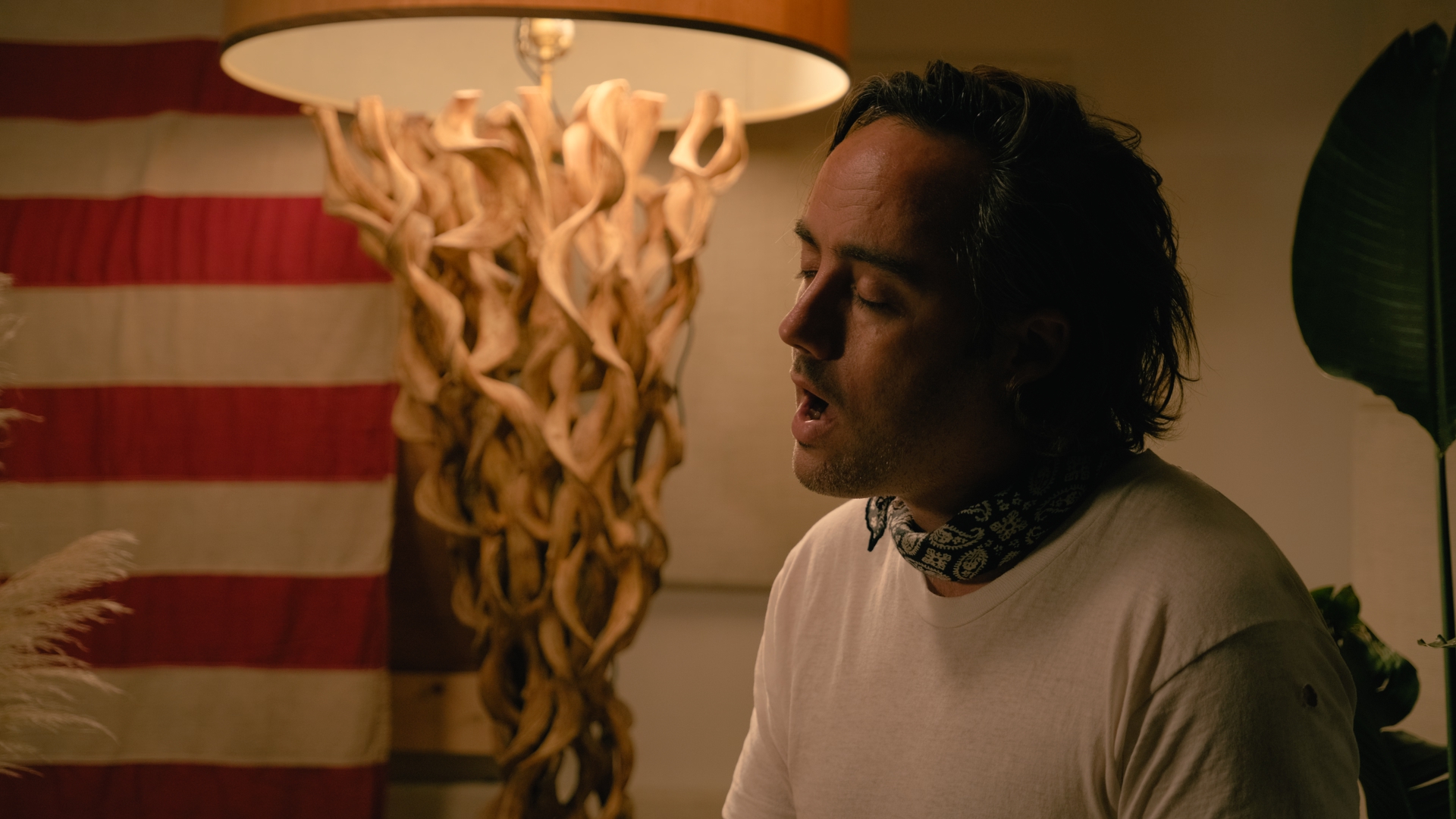
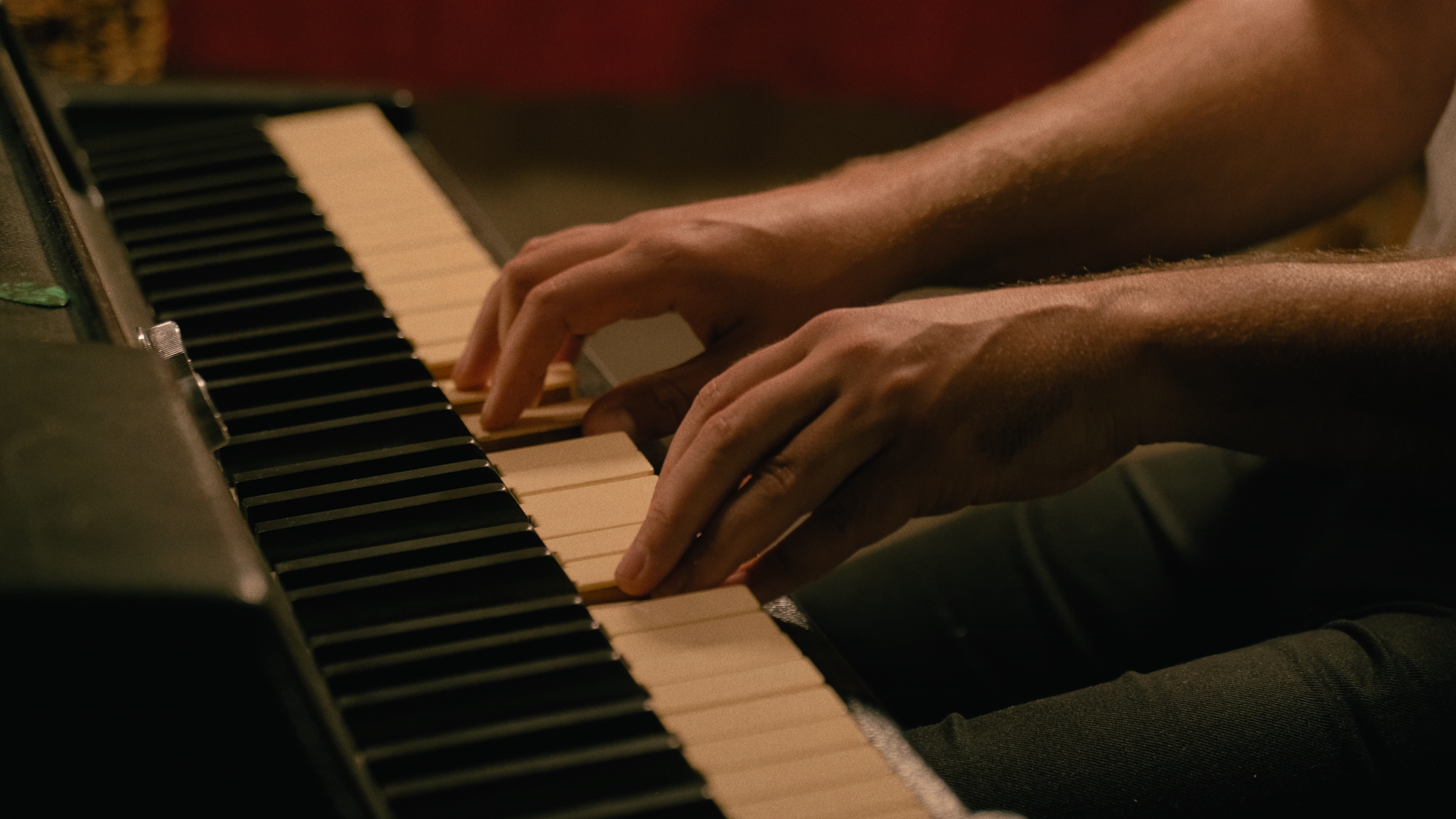
The C500mkII served as our hero shot, the wide, and the X-T3 with the Fujinon xviii-55mm covered our tight bending. I chose to run the X-T4 handheld (with the 50-135mm) because information technology has in-trunk image stabilization where the X-T3 does non. Once I figured out how to motility my body to best work with the stabilizer, I was having a great time just floating around and getting some nice close ups of instruments and faces and easily and all that skilful stuff. The other nice matter near the 10-T4 is it has a monitoring LUT so you actually have an idea as to what you're filming. The X-T3 just shows you lot the log image, annoyingly. "Natural View" kind of works (and I hateful kind of) but it turns off when you hit record and so it's not very useful. In any case, I was shooting both cameras in F-Log, 4:2:0 ten-bit saved to the internal SD cards. You can record iv:2:two 10bit externally but I've found that's not entirely necessary, or hasn't been for me yet at least.
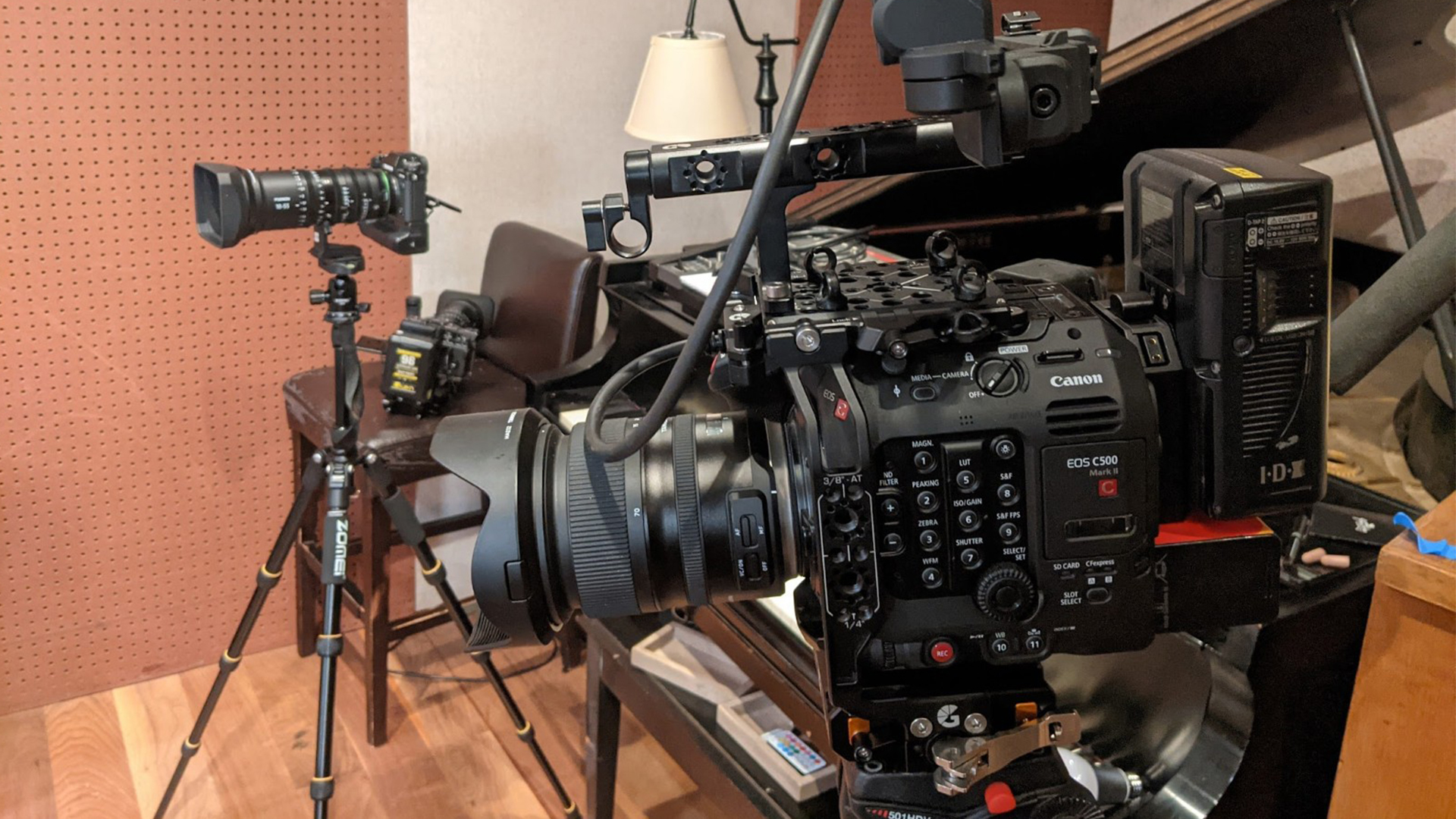
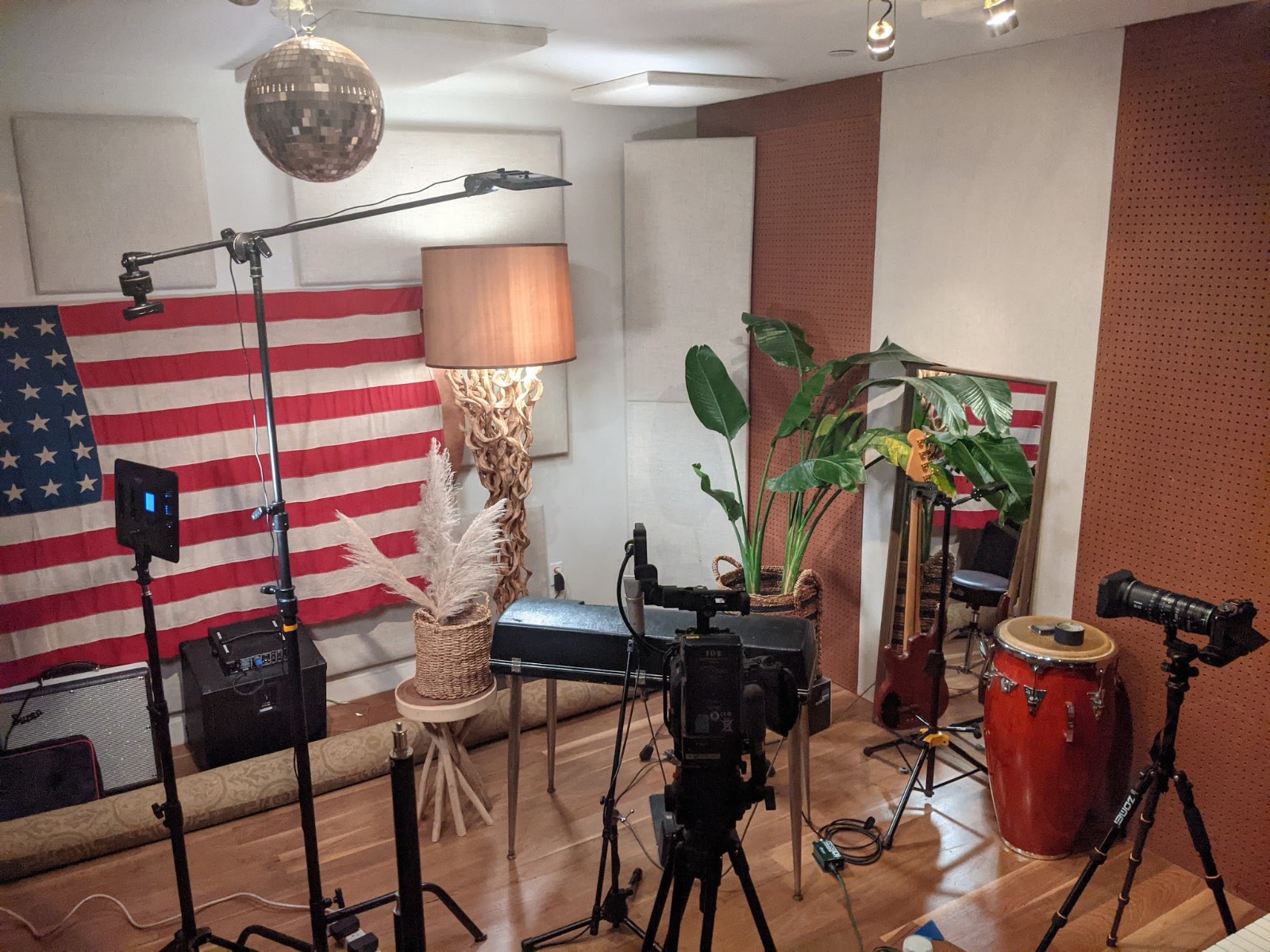
Now, at the last second we decided to stitch to the roof of the edifice to shoot at sunset with DTLA as our groundwork. This meant taking up lights, stands, cameras, and instruments, and then running cables aaallllll the way downwards to the studio. And then we forgot the speaker so Stevie could actually hear what he was playing on his piano. Safe to say nosotros kind of missed the sunset, filming more around "bluish hour" (which opposite to the proper noun's suggestions is only similar xv minutes) simply where the Fujifilm cameras saved united states of america once again was in their size. Instead of hauling a giant C500mkII upwards on to the roof, I was able to simply choice up the two cameras and essentially climb the side of the building and get ready to shoot in an instant. So while that setup didn't have the benefit of the third camera, it was something we were able to ready up incredibly rapidly and, once again with that built-in image stabilization, I was able to get some really squeamish, varied shots using the 50-135mm zoom to cutting in with the stationary 10-T3.
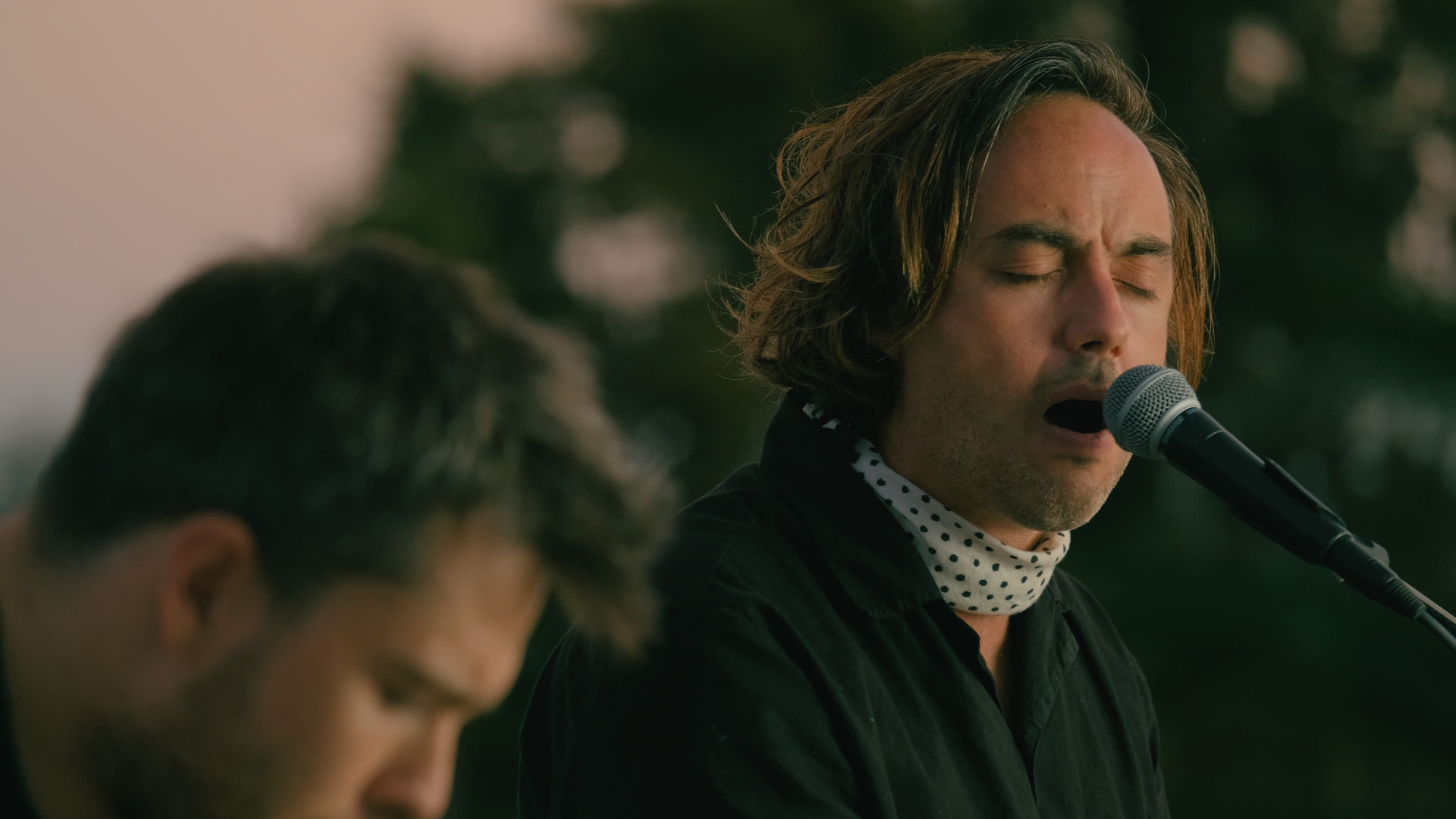
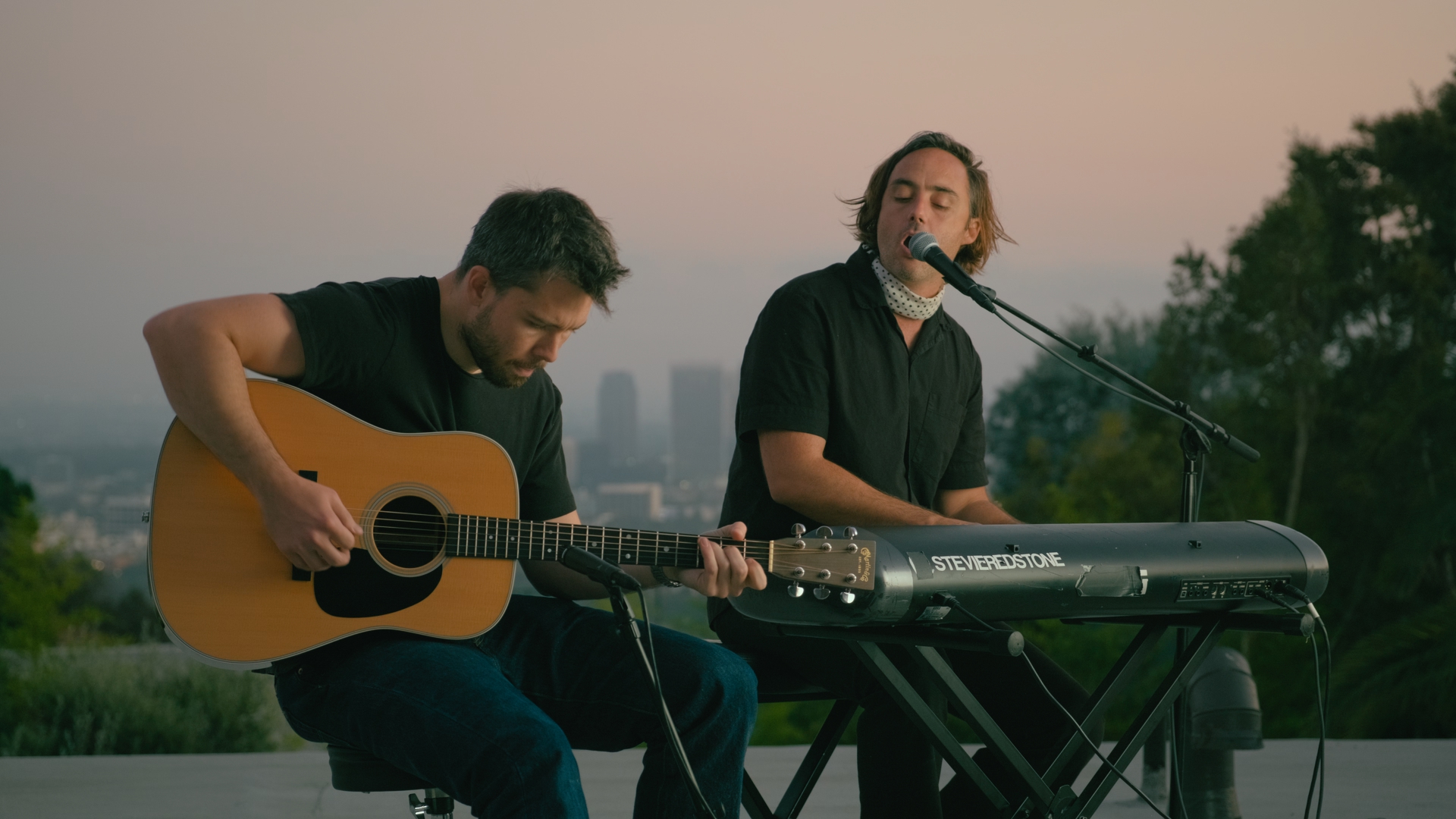
On that note, ane thing I did exercise to kind of tie all the shots together on all 3 videos was to add together just a very subtle corporeality of camera milkshake to the two cameras on sticks. Nil too crazy, just a kind of "low frequency" bob nearly as if we were just witnessing the event of the photographic camera operator breathing. This was merely enough to unify the three images in a way that was subconscious but effective, as cutting betwixt 2 static shots and a moving ane was a little distracting.
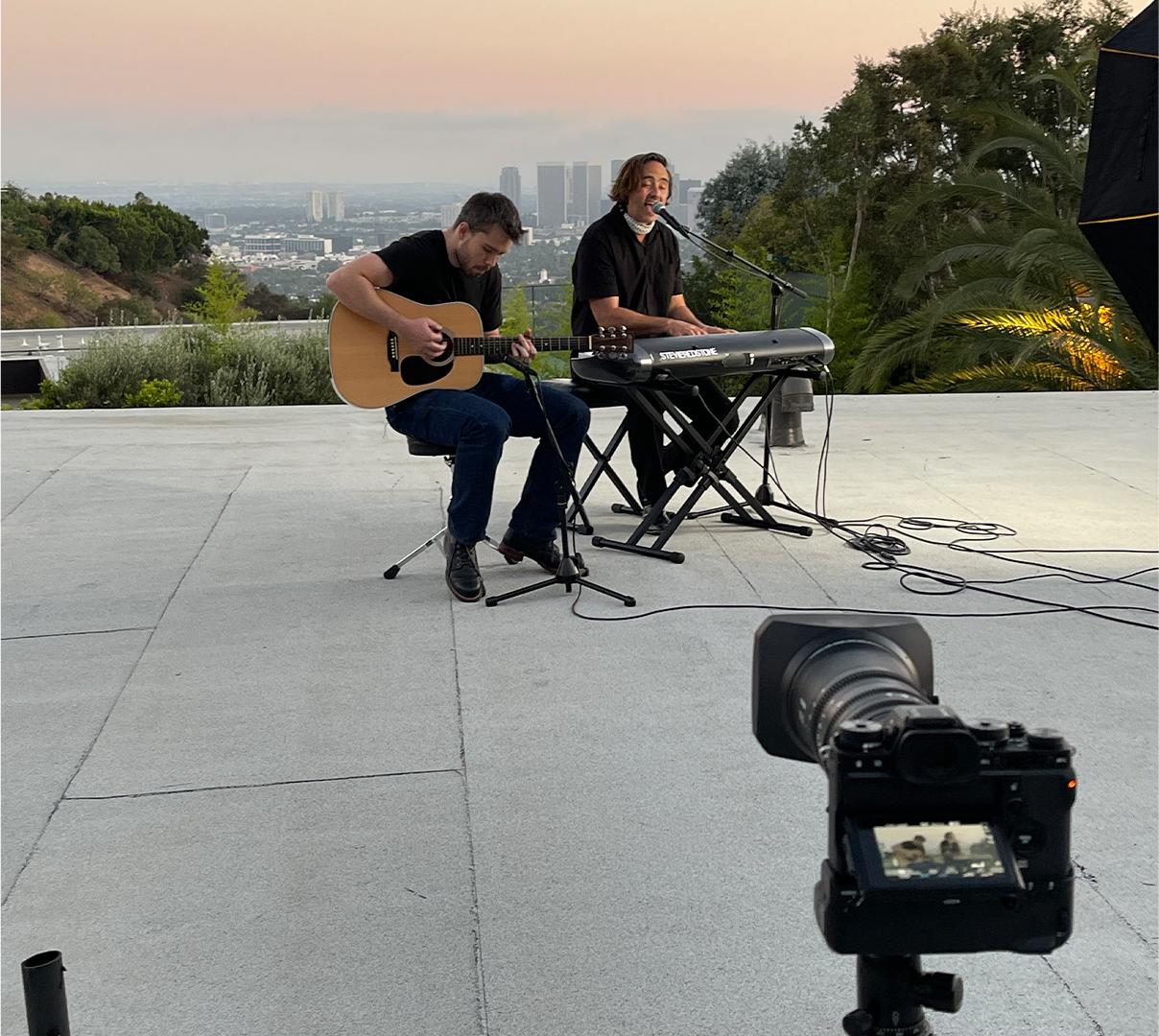
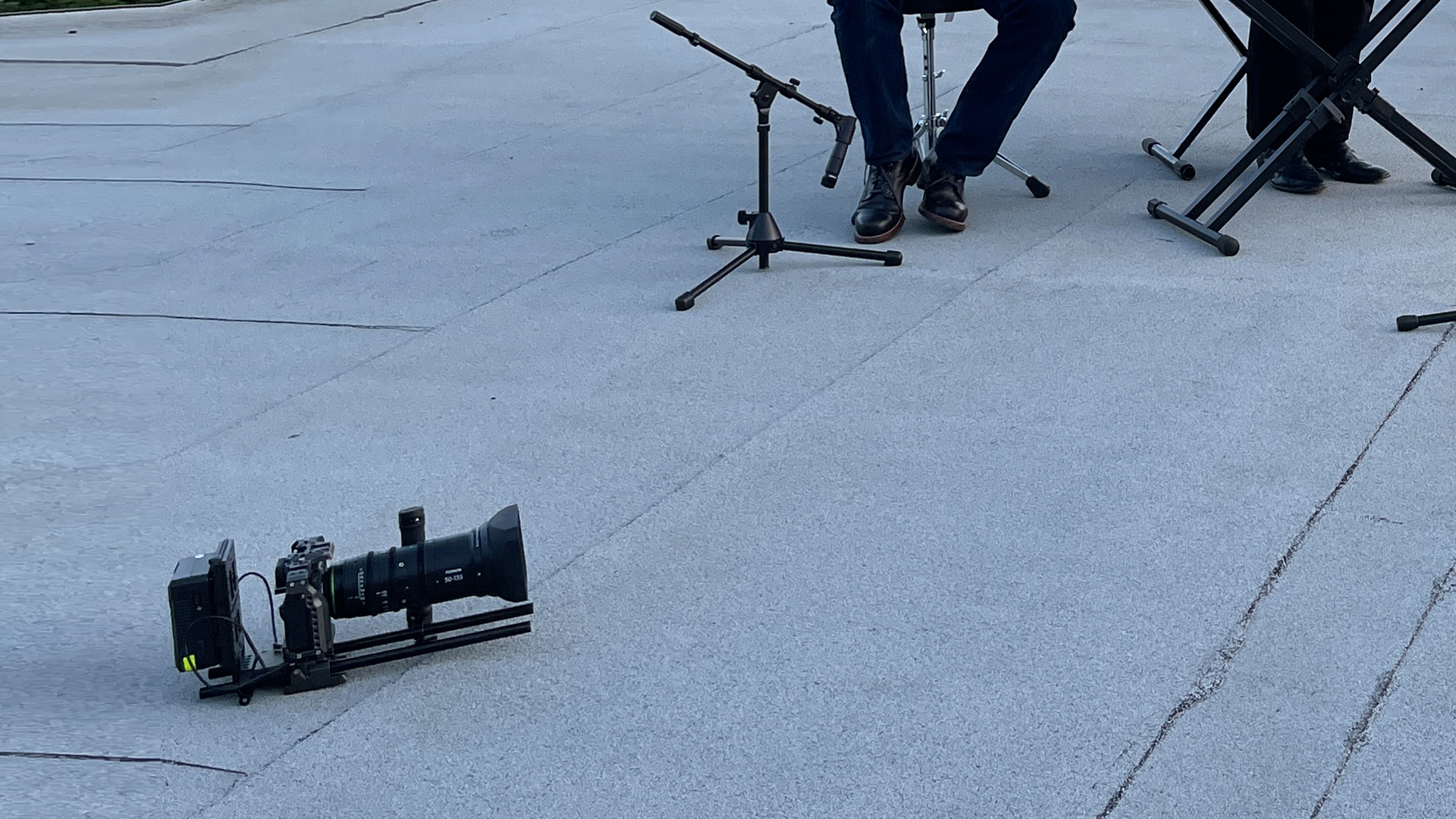
Here I accept to talk well-nigh the Fujinon zooms: they're merely outstanding. They're super precipitous with no noticeable annoying artifacts to speak of, they're actually surprisingly lite for their size, they're parfocal, there's no breathing when yous rack focus, and they're relatively affordable costing less than ane traditional cinema lens for the gear up! I wish I could accept them on my C500 (although Fujinon does make PL zooms, as well every bit ones for total-frame, that are used on hundreds of sets every day and are similarly acme-notch) but for X-Mountain lenses these things are fantastic. Fujifilm actually doesn't make a ton of native 10-Mountain lenses and so it'due south nice to see such an insanely high-quality option fabricated available, especially at that toll signal.
Later on shooting those music videos I had to render the XT4 and Fujinon Zooms (the kit also came with a Ninja Five that I didn't finish up using in this instance) but I still had piece of work to do, so I soldiered on with the aforementioned setup to film some interviews I've been working on.
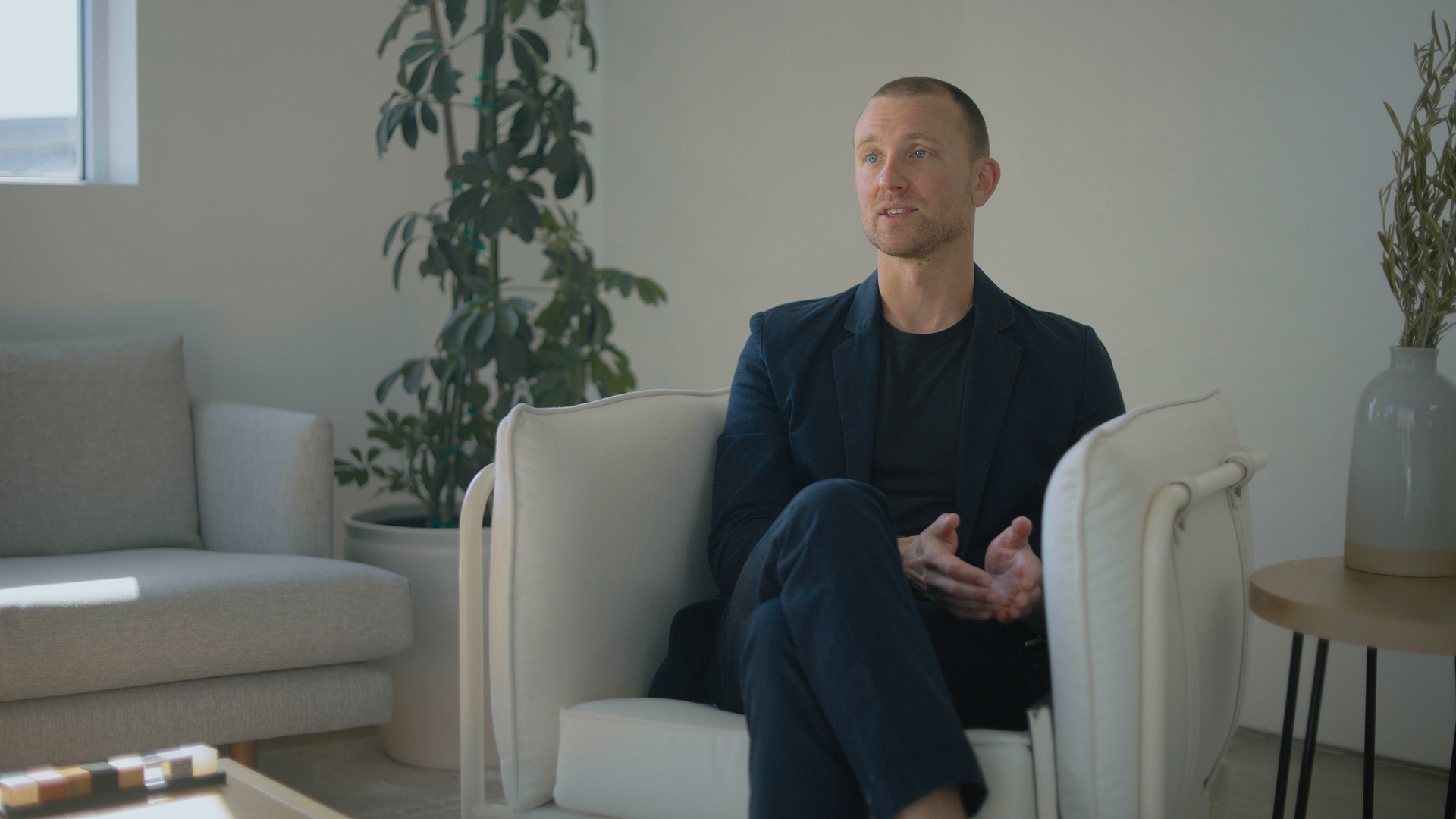
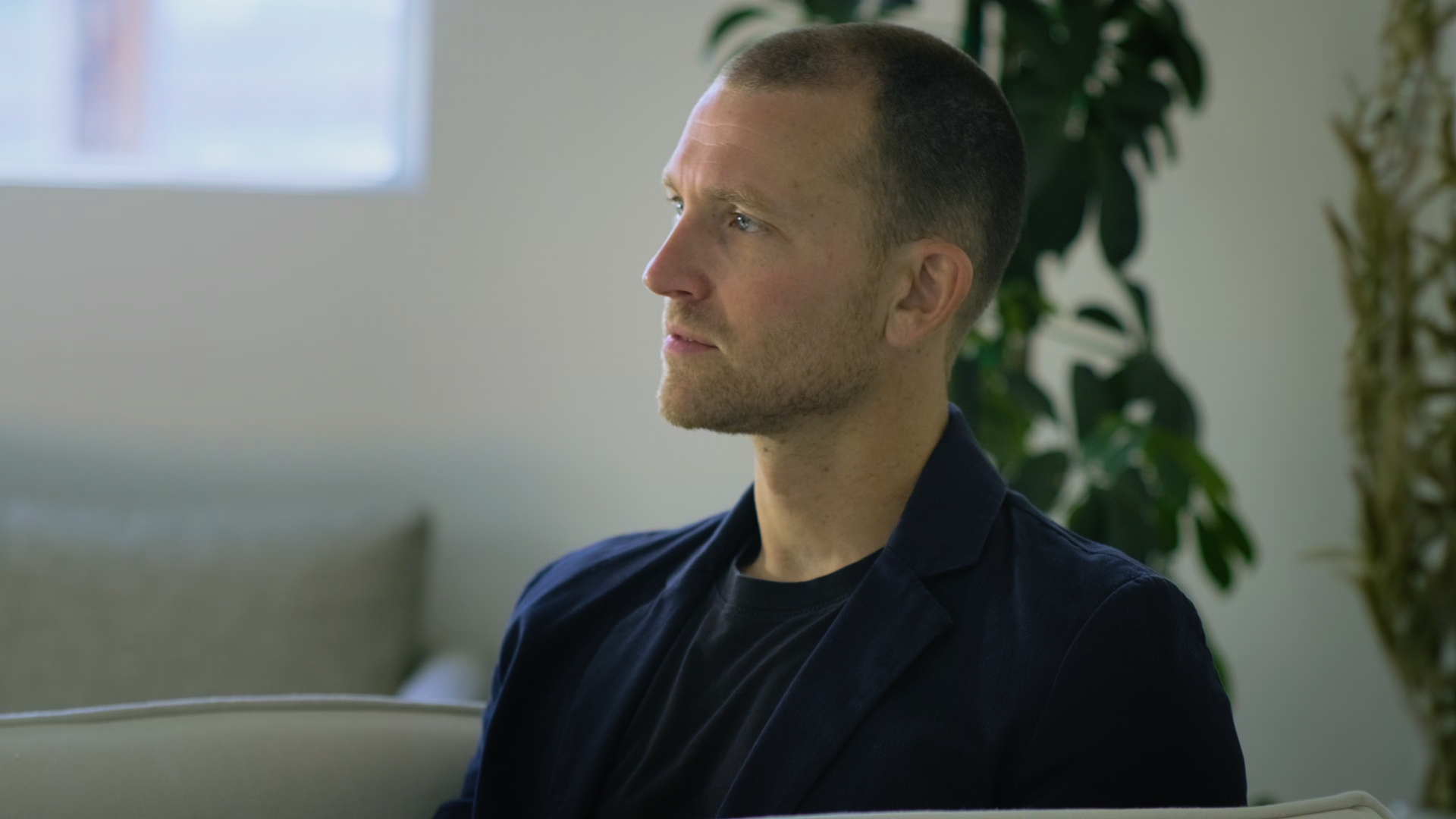
For the interview setups I'k using Nikkor AIS primes in place of the cinematics zooms, which practice a great job of giving the cameras some visual cohesion as well as but being actually solid options even past today's standards. Specially on my C500, which is full frame, the Nikkors really shine. They provide merely plenty visual "zhush" that I don't demand to rely on filtration or any post tricks to get things looking sweet. If it's practiced enough for Kubrick information technology's good enough for me, right?
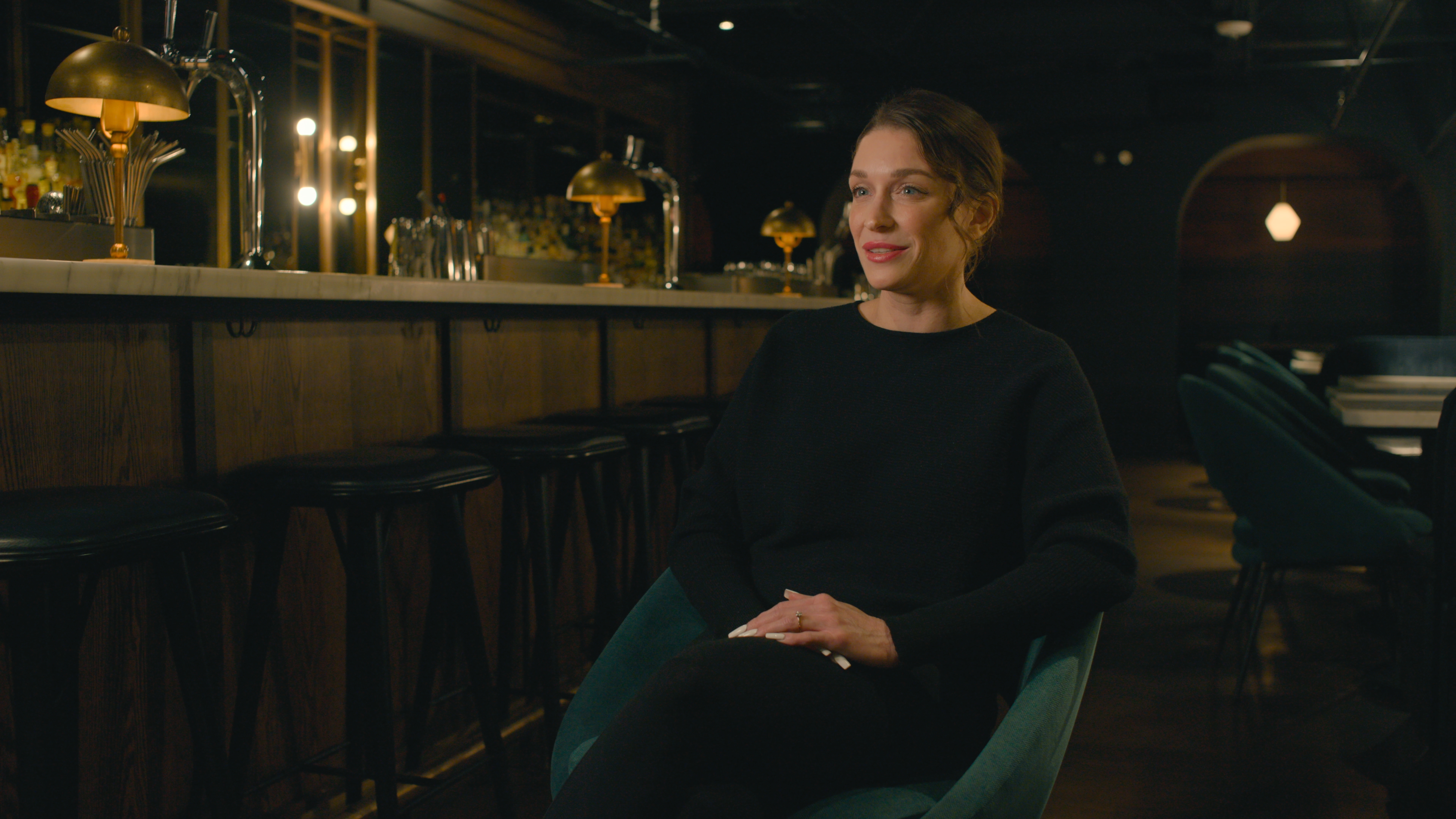
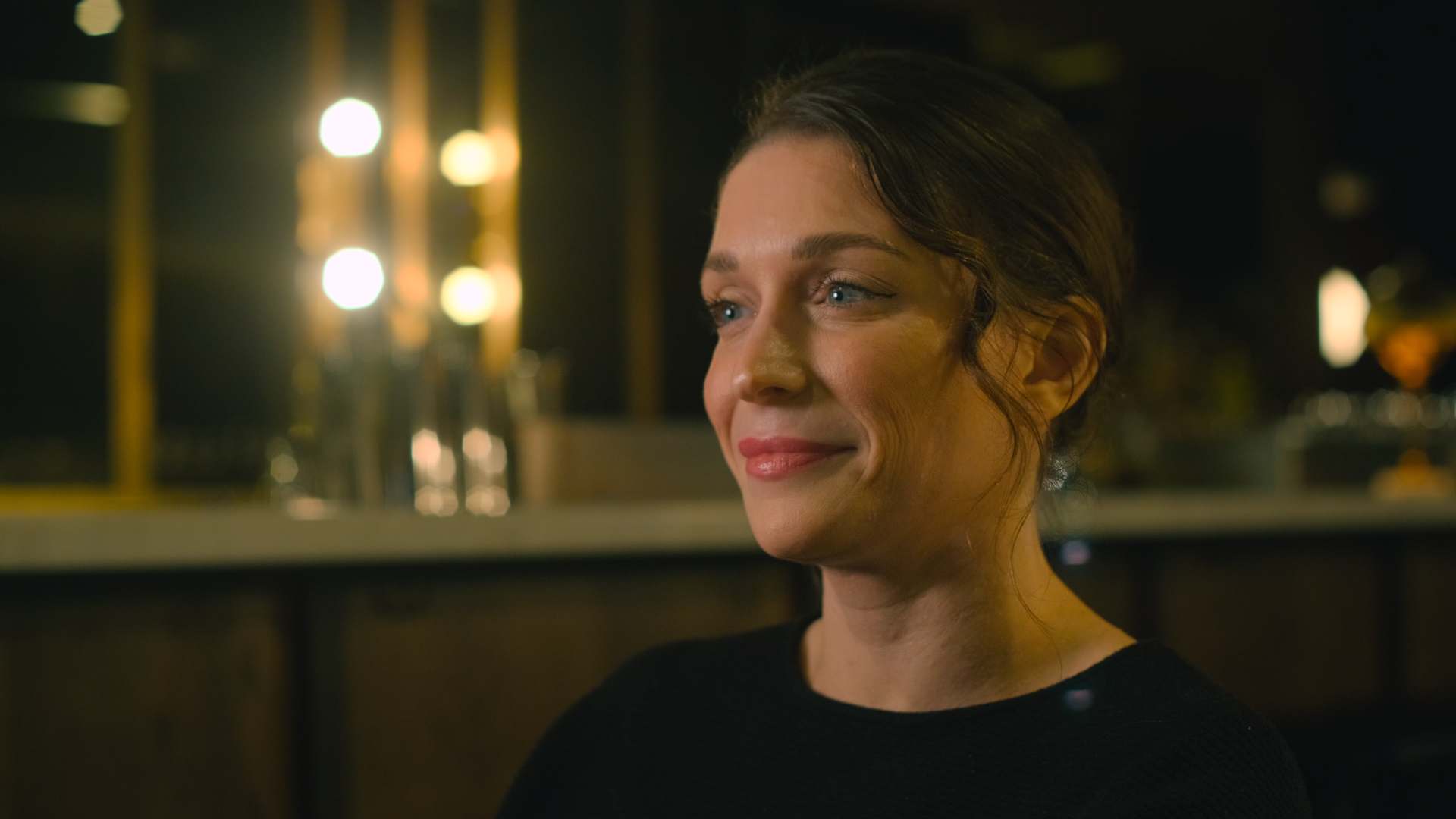
I did "accidently" shoot one interview with a Nikkor on the C500 and a Fujinon on the XT4 (not shown here) and that… isn't something I'd necessarily advise. Took a chip of editing to get those to match, primarily considering I shot the Nikkor wide-open on accident so everything was a little fuzzy, whereas the Fujinon was tack-sharp. Play vintage games, win vintage prizes right?
Some other thing that the X-T3/4 is great for is getting B-Roll. Ohhhh we love B-Roll these days don't we? And what practice we need more than anything for B-Roll? That's right, 120+ frames per second!
The XT3 and 4 "only" shoot 120fps at 1080p (the XT4 can go up to 240fps in Hd) just that's totally fine as bravado it up to 4K doesn't give away the trick at all. The IQ on the Fujifilm cameras genuinely is astounding, I call back people are really sleeping on simply how good the Ten-Trans sensors truly are. Coupled with the genuinely surprising 18-55mm standard kit lens and its OIS, I was able to hand-hold the XT3 and run in front of subjects while filming (in slow-mo) and even so accept the image be stable and in focus thanks to the eye-tracking auto focus. Annoyingly, my C500 disables autofocus when filming high-speed, something the C300mkIII doesn't do, then that's kind of impaired only what can ya do? In any example, that dreamy slowmo await is easy every bit pie to get with the XT cameras, and and then I did it. Clients love super tedious mo, but for filming static items it makes things a little easier because you only need to curlicue a few seconds to get a overnice long clip, but also smooths out any jitters you may experience by making them happen at a lower frequency so they're less noticeable, if at all. Doing a little "hip dolly" move adds some visual involvement and there ya become.
The XT3 and XT4 are about identical, simply there are a few differences to notation. First, the monitor is slightly different and flips out to the left assuasive for a "selfie" view, as opposed to the XT3's screen which just folds out for a "tiptop-down" view, or it can kick out at a 45-caste tilt for depression-angle vertical shooting. Personally I prefer the tilt screen on the XT3 over the hinge version, but it is nice to be able to "protect" the screen on the XT4 by flipping information technology around to face the trunk when it'southward folded away.
At that place'due south also a dedicated Movie/All the same switch on the XT4 which keeps the settings between the two separate which I really like. The XT3 just has the "movie" selector on the wheel that switches between Single/Flare-up/HDR/etc. This isn't the finish of the world, merely it's nice to just flip to video and know all your settings remained the same from the last time y'all shot (every bit information technology is on the XT4) instead of having to go through and make sure your shutter speed and prototype characteristics and everything are where they should exist. In that location's also the aforementioned 240fps and Flog monitoring LUT, the latter of which is fashion more useful than the former but they're both solid additions to the XT4's toolkit.
I will say, 1 thing that was included in the XT4 Cinema Kit that was loaned to me was a dummy battery that allowed me to ability the camera via Dtap (besides every bit the Ninja 5 since the battery mount had an additional Dtap port). Since the XT4 and XT3 employ different batteries, I went ahead and bought myself a like dummy bombardment for my XT3 which I've now used on a handful of shoots with cracking result. I simply have a 5-mount… mount… that I attach to the tripod leg that the camera sits on. I've establish that, with either camera, a 95kwh battery seemed to last me all day and so that was a dream.
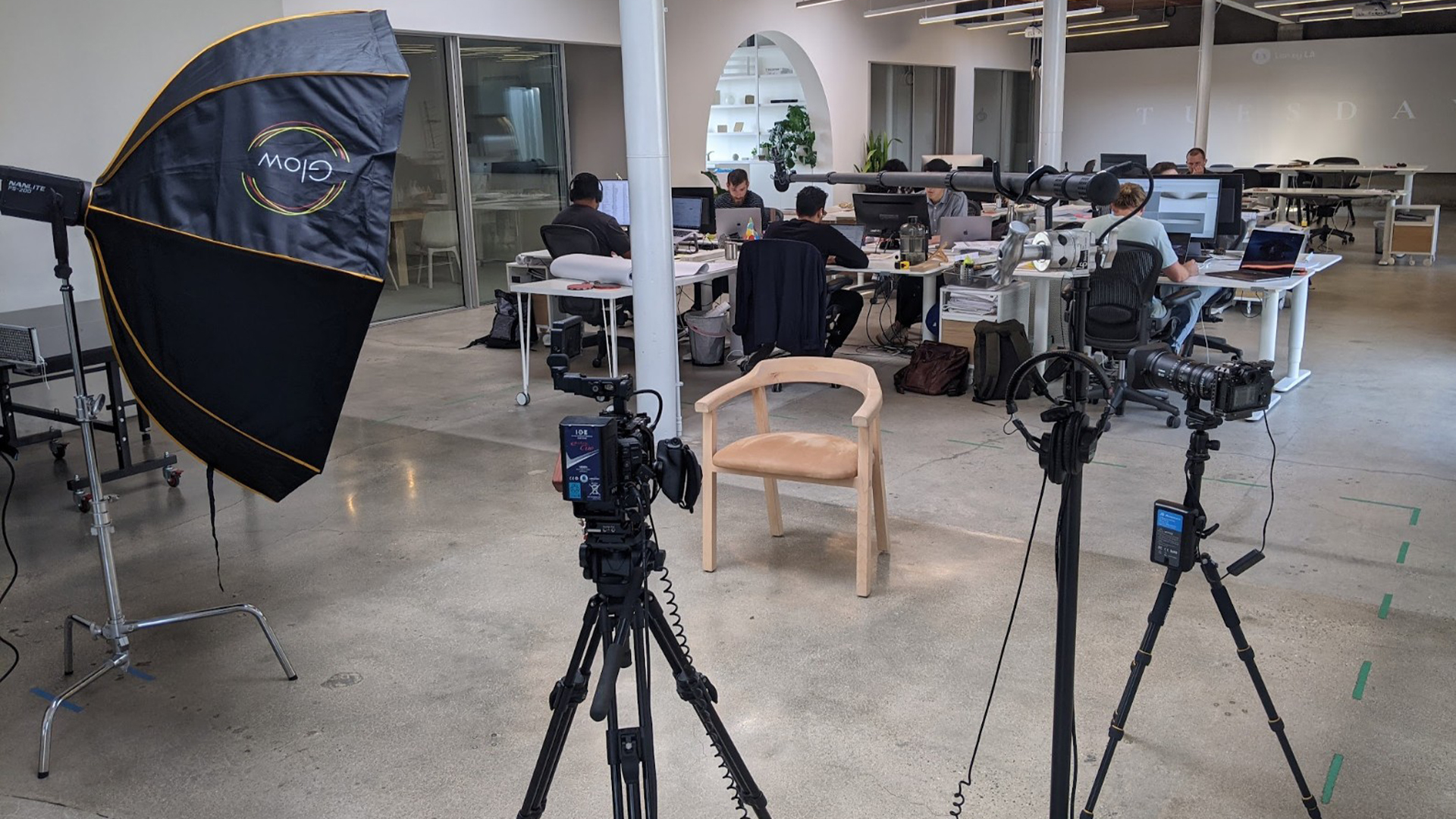
One thing that'south not so dreamy is the classic "DSLR" problem that almost all cameras of this ilk are victim of, and that's the thirty-minute limit on recording times. Now that's not an outcome for narrative-type work, merely when y'all're doing a long interview or something similar, you'll observe that you need to go on your eye on the runtime then you tin speedily hit the record button again. Luckily I didn't come across whatsoever overheating or anything, and it saves the previous prune in something similar i or 2 seconds so you're not sitting at that place waiting on a buffer or any, but it is something that doesn't allow you to just "prepare it and forget information technology". In practise I found I was able to do this without affecting the final product as the XT isn't recording the hero audio and information technology was easy enough to merely toggle the next clip during a fourth dimension where the subject wasn't talking or doing anything important. Again, it's just similar iii seconds of downtime at the most and then it's not a huge issue, just i to be aware of.
In post, I was very hands able to get a match betwixt the XT cameras and my C500. I was able to do this in a few ways:
Firstly, I shot a color chart with both cameras simultaneously and but matched them with vs-curves in Resolve, adjusting for global similarity when an exact colour chart friction match didn't actually look correct. This was pretty quick and easy, and I've done it enough of times before with other cameras.
The 2d way of matching was to use the Fuji-supplied "Flog to Eterna" LUT and then only matching the resulting image to whatever I was doing with the C500 paradigm which honestly seems to be a relatively simple matter. It could simply be because I'm but dealing with a head and a blurry background with the XT footage (as that's my "profile-side, upwardly-close" angle) but truly that wasn't difficult. What is slightly abrasive is that in that location'due south no IDT in Resolve for Flog, so hopefully that gets added before long.
The third style was to use something like Colourlab's "Wait Designer" or FilmConvert's "Cinematch" programs, the former of which I've reviewed here. With Colourlab it was pretty simple (but using Clog2 and Flog every bit the inputs) and Cinematch just released their C500mkII Contour so that was trivial to pull off. Betoken is, I was pleasantly surprised at how well the epitome held upward to grading, as well as how easily information technology matched. I'd definitely recommend doing so in Resolve, as Premiere's color tools aren't nearly as robust.
So what does all this mean? The easy answer is simply "whatsoever you want to make of it" as this is just my utilise example and your mileage may vary, but I simply can't overstate how fantastic the Fujifilm cameras are. Evidently we hear nigh Fuji Fanatics who beloved the photo capabilities (and I count myself among them) but I don't think plenty credit goes to these cameras for their video quality!
Before Dan telling me about using his XT3 on The Boys, the simply other matter I saw that proved the thesis was Matthew Libatique, ASC'southward brusk picture show A Different Beyond, shot on the XT3 also using Fujinon Zooms (although that camera rig was congenital upwards like crazy). Having at present gone through ten+ shoots with this combo, I can confidently say the XT cameras are first-class image makers, fantastic B or C cameras, and a neat improver to your kit overall if you lot were and then inclined.
Source: https://www.provideocoalition.com/cinema-capabilities-of-fujifilm-cameras/
Posted by: dixongionit.blogspot.com

0 Response to "Is Fujifilm Cameras Good For Filmmaking"
Post a Comment